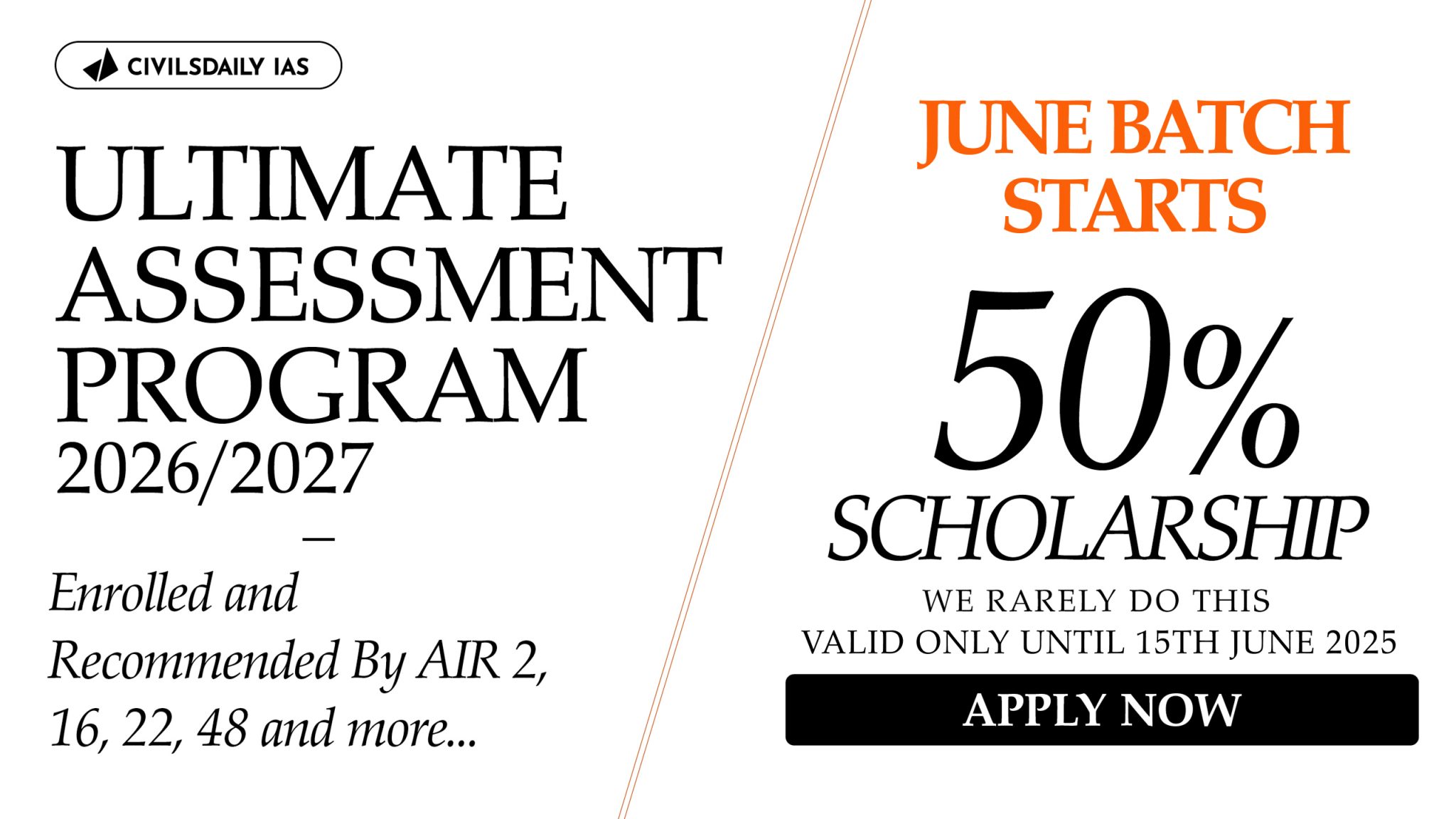| PYQ Relevance: Q) A number of outside powers have entrenched themselves in Central Asia, which is a zone of interest to India. Discuss the implications, in this context, of India’s joining the Ashgabat Agreement, in 2018. (UPSC CSE 2018) |
Mentor’s Comment: UPSC mains have always focused on ‘Central Asia’ (2018) and ‘distribution of minerals’ (2021).
As the world shifts to cleaner energy using advanced technology, the demand for rare earths is rising. India, the third-largest carbon emitter, is focusing on renewable energy and needs more rare earths. Despite being the fifth-largest holder of rare earth elements, India depends heavily on imports from China due to a lack of advanced extraction technologies. To reduce this dependency amid supply chain issues and security concerns, India is diversifying its sources by partnering with the U.S., Latin American, and African countries. Kazakhstan is also emerging as a promising and closer alternative.
Today’s editorial critically examines the diversification of critical minerals (Rare Earth Elements). This content can be used to present the importance of central Asian countries ( like Kazakhstan) for rare earth elements.
_
Let’s learn!
Why in the News?
India’s reliance on China and the possible global changes with a new U.S. government show the need to diversify. In this situation, Kazakhstan is emerging as a promising and closer alternative.

| What are the current reserves and potential of Kazakhstan’s rare earth elements? • Number of Deposits: Kazakhstan has 15 registered rare earth deposits located primarily in three regions: Turkistan, Kostanai, and Mangystau. These deposits are crucial for electronics and clean energy technologies. • Types of Elements in Kazakhstan: The country holds a diverse range of rare metals, including: Tungsten: Approximately 2.2 million tons of reserves; Molybdenum: Around 1 million tons; Lithium: Estimated at 75,600 tons; Tantalum: About 4,600 tons; Niobium: Approximately 28,100 tons; Beryllium: Roughly 58,000 tons. • Exploration Goals: Kazakhstan aims to explore over two million square kilometres of its territory by 2026, with significant investments planned to develop these resources further. Potential for Growth • Strategic Importance: The Kazakh government views rare earths as the “new oil” for its economy, emphasizing their role in technological advancement and energy transition. President Kassym-Jomart Tokayev has identified the development of these metals as a priority. • Global Demand Trends: The demand for REEs is projected to increase significantly in the coming years, driven by their essential role in renewable energy technologies and high-tech industries. The International Energy Agency (IEA) estimates that demand for rare earth elements could increase three to seven times by 2040. • International Partnerships: Kazakhstan is actively seeking partnerships with countries like the U.S., Germany, and Japan to enhance its mining capabilities and attract foreign investment. This collaboration could position Kazakhstan as a key supplier in the global REE market. |
What is the monopoly of China?
- Dominance in Global Production and Supply: China controls over one-third of the world’s rare earth reserves and produces about 70% of global rare earths, making it the leading supplier. India relies on China for 60% of its rare earth imports due to insufficient domestic production.
- Strategic Leverage Over Supply Chains: China’s ability to disrupt mineral and technology supplies during bilateral disputes enables it to control global rare earth supply chains.
How can Kazakhstan position itself as a competitive alternative to China in the global rare earth market?
- Diversification of Partners: Kazakhstan has already entered into extraction agreements with countries like Japan, Germany, the U.S., South Korea, and the EU, signalling its growing importance as a reliable supplier of rare earth.
- Advanced Extraction Technologies: Kazakhstan is investing in advanced technologies and partnerships to improve extraction processes and increase production efficiency.
- Strategic Positioning: Kazakhstan’s location in Central Asia, combined with its cooperation in regional connectivity projects like the International North-South Transport Corridor, makes it an attractive alternative to China for countries like India seeking to diversify their sources.
- Government Prioritization: The Kazakh government is focusing on strengthening its role in the global rare earth market by investing in technologies for lithium, battery materials, and heat-resistant alloys, which could bolster its competitive position.
What are the challenges in developing its rare earth sector?
- Technological Limitations: While Kazakhstan has significant reserves, the country currently lacks some advanced extraction technologies that are crucial for optimizing its rare earth production and processing.
- Infrastructure Gaps: There may be logistical challenges in scaling up mining operations and transportation networks to meet global demand, especially with Kazakhstan being landlocked.
- Global Competition: Despite Kazakhstan’s rich reserves, it faces stiff competition from established players like China, and it must enhance its production capabilities to be a viable alternative.
- Environmental and Sustainability Concerns: Developing rare earth extraction technologies in an environmentally sustainable way is a key challenge that Kazakhstan must address to avoid the pitfalls of over-exploitation seen in other parts of the world.
How can India play a significant role in this situation? (Way forward)
- Bilateral Partnerships: India can deepen its strategic partnership with Kazakhstan, particularly through the proposed “India-Central Asia Rare Earths Forum” which can help facilitate joint ventures in mining, technology transfer, and shared geological data.
- Technology Transfer and Expertise: India, with its growing interest in rare earths for clean energy and defence sectors, can collaborate with Kazakhstan to share expertise in sustainable extraction technologies and mining practices.
- Supply Chain Diversification: India can help Kazakhstan expand its rare earth production and distribution, reducing India’s dependence on China for critical minerals.
- Private Sector Investment: India’s private sector can invest in Kazakhstan’s rare earth extraction sector, helping to scale up operations and build necessary infrastructure to meet global demand.
- Regional Integration: By connecting Kazakhstan’s mining capabilities to broader regional markets, India can enhance its own resource security while also supporting Kazakhstan’s economic growth, thus strengthening the geopolitical influence of both nations in Central Asia.
